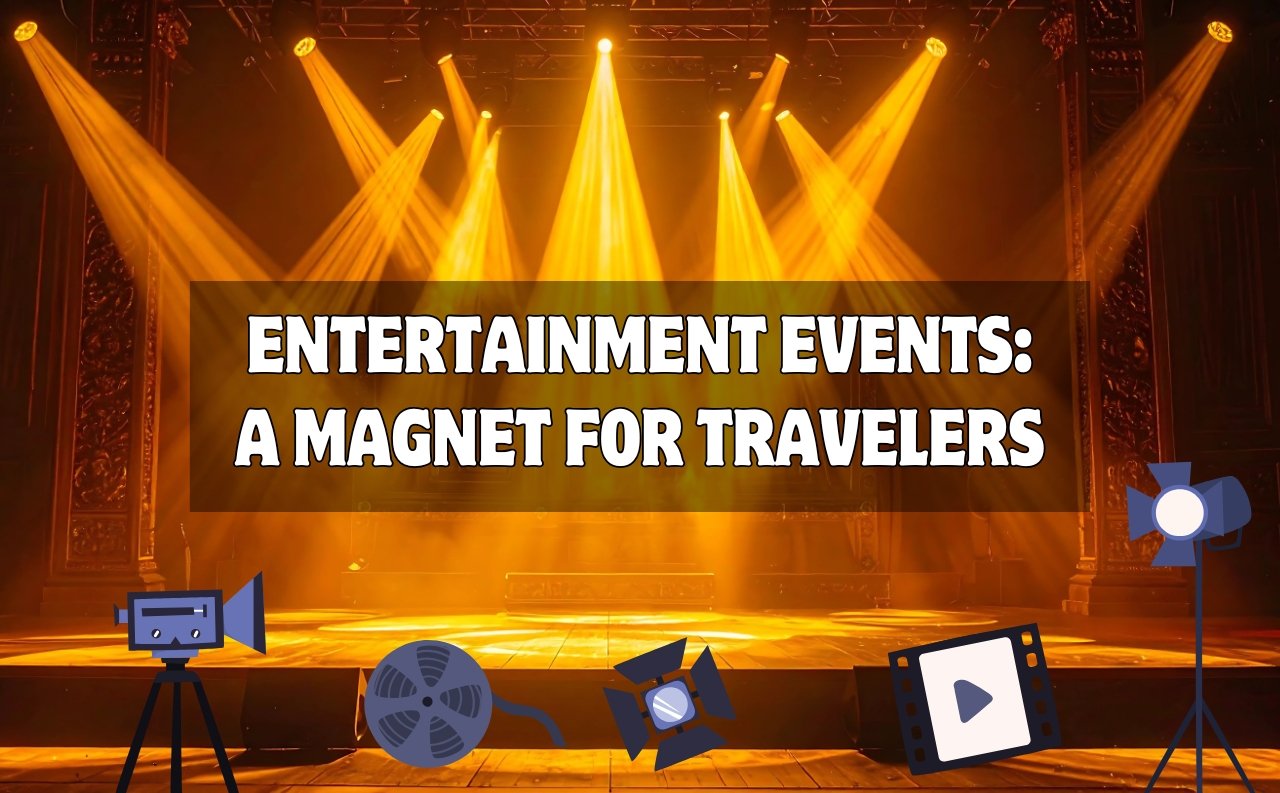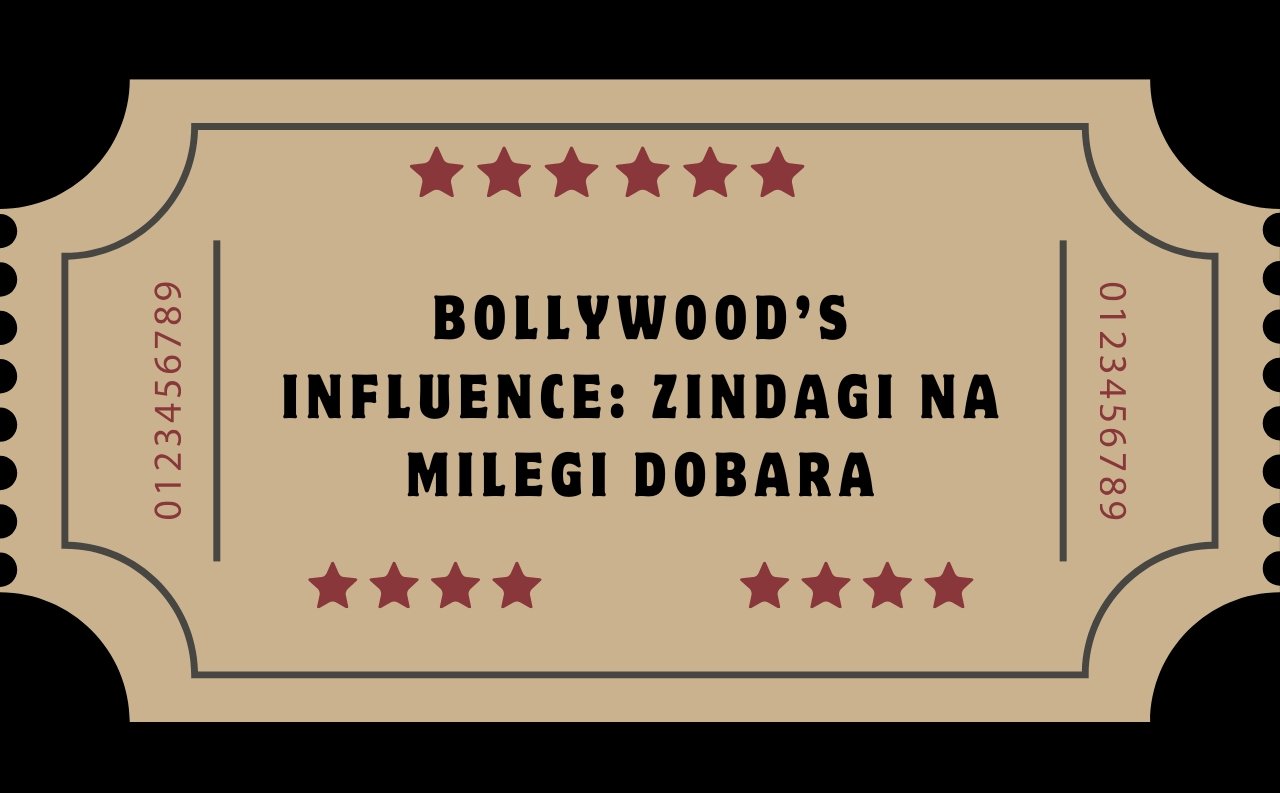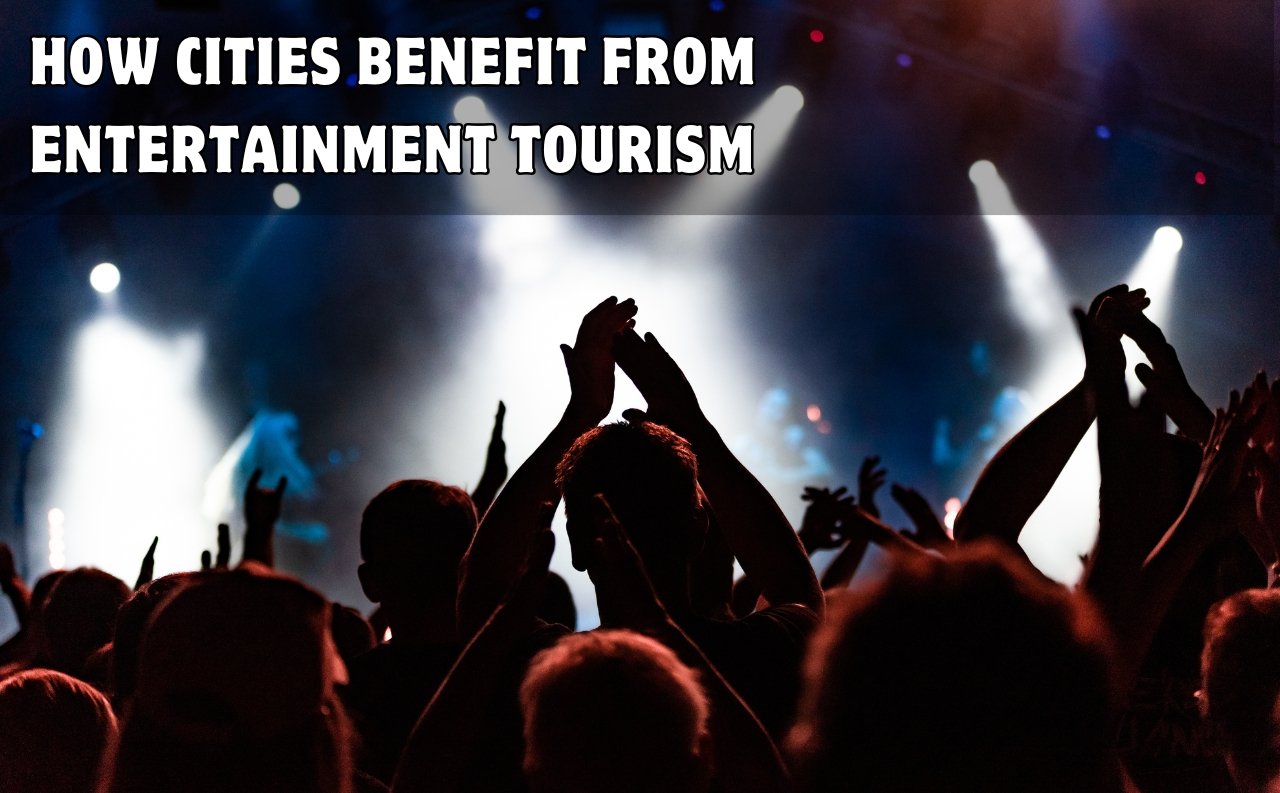Entertainment events are more than just spectacles of music, dance, or art; they are powerful engines of tourism and growth. From music festivals that attract thousands to cultural performances rooted in tradition, these events draw travelers, create jobs, and inject revenue into local communities. One of the most fascinating examples is the Flamenco Dance of...
How Entertainment Events Boost Tourism and Local Economy

Entertainment events are more than just spectacles of music, dance, or art; they are powerful engines of tourism and growth. From music festivals that attract thousands to cultural performances rooted in tradition, these events draw travelers, create jobs, and inject revenue into local communities.
One of the most fascinating examples is the Flamenco Dance of Spain, which has become an iconic attraction in the world of cultural tourism. The rise of international travel, social media influence, and cinematic inspirations has made cultural experiences a major part of tourism.
After the release of Zindagi Na Milegi Dobara, a film that beautifully showcased the passion of flamenco dance in Spain, global travelers started showing renewed interest in this centuries-old tradition. Many tourists now plan their trips to Spain specifically to witness live flamenco dance shows. This highlights the direct connection between entertainment events and the growth of local economies.
Key Takeaways
- Entertainment events are powerful tools for boosting tourism and local economies.
- The Flamenco Dance of Spain is a prime example of cultural art transforming into a global attraction.
- After Zindagi Na Milegi Dobara, interest in flamenco dance in Spain grew among Indian tourists, proving the influence of cinema on travel.
- Beyond revenue, entertainment events foster cultural exchange and brand destinations.
- The future of tourism lies in experiences, and flamenco dance continues to be one of Spain’s most iconic offerings.
Entertainment Events as a Tourism Magnet

When people think of travel, they don’t just imagine landmarks or beaches they dream about unique experiences. That’s where entertainment events step in. Festivals, concerts, cultural exhibitions, and dance performances often become the primary reasons for travelers to choose a particular destination.
Take Spain as an example. While the country is famous for its historic cities and Mediterranean coastline, a large number of visitors are drawn by its vibrant culture. Experiencing flamenco dance in Spain is considered a must-do activity for cultural travelers. Whether it’s in Seville, Madrid, or Granada, watching the raw passion of performers in traditional tablaos (flamenco venues) creates memories that last a lifetime.
This isn’t just about entertainment; it’s about creating a travel experience that connects tourists with the soul of a place.
Flamenco Dance: A Cultural Treasure of Spain
Declared an Intangible Cultural Heritage of Humanity by UNESCO, the Flamenco Dance of Spain is more than just a performance; it is storytelling through rhythm, song, and movement. Its origins trace back centuries, combining influences from Andalusian, Moorish, and Romani traditions.
Today, flamenco dance in Spain is a multi-million-euro industry. Tourists flock to Seville’s tablaos, Madrid’s theaters, and even small village festivals to witness authentic flamenco dance. This isn’t just tourism, it’s a cultural pilgrimage.
The beauty of flamenco lies in its emotional depth. The powerful footwork, soulful guitar, and heartfelt singing capture the essence of Spain’s history and spirit. For travelers, it’s an unforgettable experience that goes beyond sightseeing.
Bollywood’s Influence: Zindagi Na Milegi Dobara

Cinematic exposure has a remarkable impact on tourism. After the release of Zindagi Na Milegi Dobara, interest in flamenco dance surged among Indian audiences. The film featured a captivating scene where the characters experience the magic of flamenco dance in Spain.
This cinematic portrayal sparked curiosity and inspired many travelers to add flamenco shows to their Spain itineraries. Suddenly, Indian tourists weren’t just exploring Barcelona or Madrid they wanted to immerse themselves in the Flamenco Dance of Spain. This is a clear example of how movies act as indirect promoters of entertainment events, boosting international tourism.
Entertainment Events as Catalysts for Cultural Exchange
Beyond economics, entertainment events serve as bridges between cultures. When tourists watch flamenco dance in Spain, they aren’t just witnessing art; they are learning about Spanish heritage, traditions, and values. Similarly, when global festivals include international performances, they foster mutual appreciation among cultures.
Such exchanges create lifelong bonds between travelers and destinations. A tourist who experiences flamenco dance in Madrid may return home with not just memories but also a newfound respect for Spanish culture, inspiring others to visit.
The Economic Ripple Effect of Entertainment Events

The economic impact of entertainment events extends far beyond ticket sales. Here’s how they boost the local economy:
- Increased Tourism Revenue
Tourists attending cultural shows like the Flamenco Dance of Spain spend on accommodation, food, transport, and shopping, injecting money into the local economy. - Job Creation
Events require staff dancers, musicians, organizers, technicians, and hospitality workers. In Spain, the popularity of flamenco dance has sustained thousands of livelihoods.
- Support for Small Businesses
Local restaurants, cafes, and souvenir shops thrive when visitors come for entertainment events. A night out to watch flamenco dance in Spain often includes dining at nearby tapas bars, creating a chain reaction of economic growth. - Cultural Branding
Just as Brazil is synonymous with carnival, Spain has become globally recognized for flamenco dance. This cultural branding attracts tourists year after year, building a sustainable economy around tradition.
How Cities Benefit from Entertainment Tourism
Cities around the world are increasingly recognizing the role of entertainment events in boosting tourism. Here’s how:
- Madrid and Seville promote the Flamenco Dance of Spain as part of their cultural identity.
- Edinburgh thrives on its international arts festival, drawing thousands annually.
- Rio de Janeiro attracts millions with its carnival, combining dance, music, and culture.
The common thread? Entertainment brings people together, and people bring prosperity.
Future of Entertainment Events in Tourism
The future looks bright for cultural tourism. With social media amplifying every performance, more travelers are inspired to explore unique art forms. Videos of flamenco dance performances continue to trend globally, enticing travelers to book tickets for flamenco dance in Spain.
Moreover, hybrid and digital experiences are expanding accessibility. Online entertainment events allow global audiences to engage, while physical events continue to anchor local economies. Together, they ensure cultural traditions like the Flamenco Dance of Spain remain alive and relevant.
Final Thoughts
From music festivals to cultural showcases, entertainment events are redefining global tourism. They don’t just entertain; they sustain economies, preserve traditions, and create unforgettable experiences for travelers.
The Flamenco Dance of Spain stands as a shining example of how an art form can shape tourism and become a cultural ambassador for a nation. Whether you’re strolling through the streets of Seville or watching a passionate performance in Madrid, flamenco dance in Spain is an experience that touches the soul.
Whether you are strolling through the gypsy neighborhood of Albayzin in Granada, the bars of Jerez, Malaga and Cadiz, the streets and neighborhood of Triana in Sevilla, or watching some passionate performance in a tablao in Madrid… flamenco dance and music in Spain is an experience that touches the soul.
